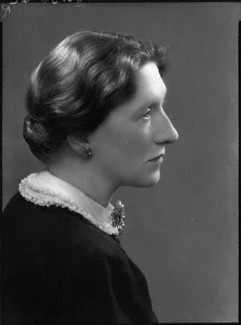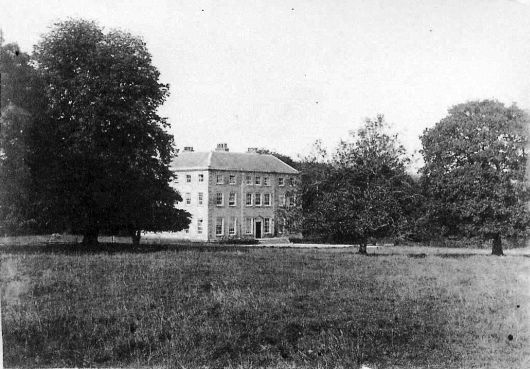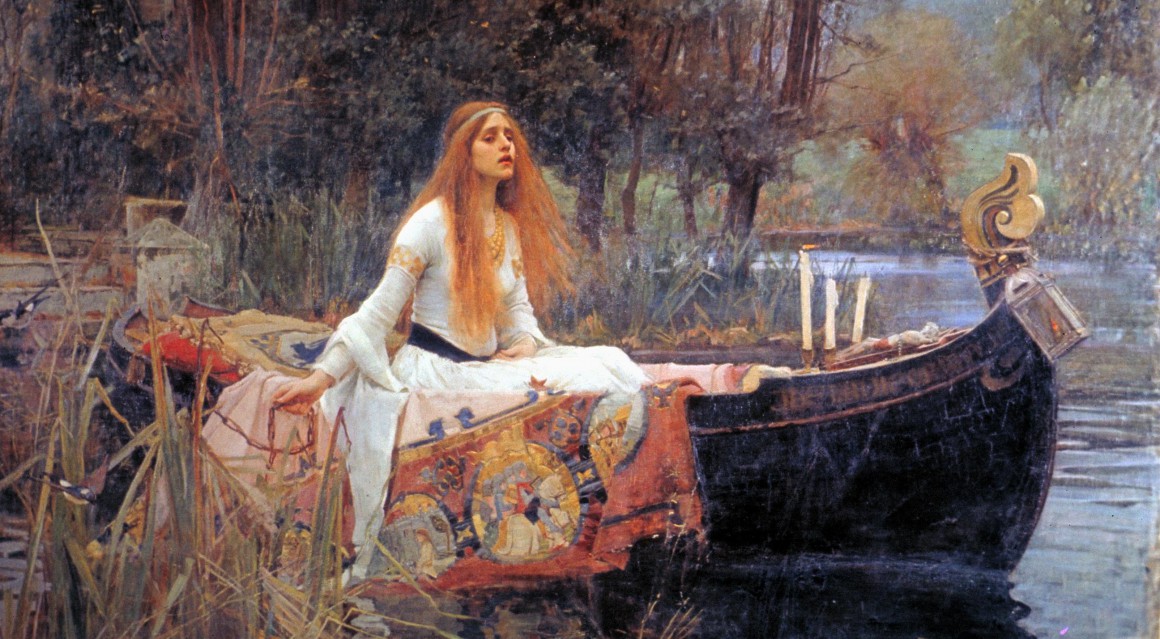Dr. Eibhear Walshe’s seminar about Elizabeth Bowen and the complex concept of landscape in her work was very insightful examination of the thematic formulas she used to great effect. I knew her work vaguely, as I am studying the modernist novel as a part of my thesis work but had never studied her influences. There was great emphasis on physical and psychological geographical elements and Anglo-Irish identity as concepts of vital importance; the significance of a place of escape (however small a space), Bowen’s sense of instability within the country of her birth and her experimentation with interaction .

The examination of Bowen’s travel memoir A Time In Rome delves into the character of Livia and her predicament as the wife of Augustus Caesar. Bowen appeals to the reader to imagine the thoughts of Livia during that period; her relationship with her husband, the necessity of remaining stoic within the position she held and most poignantly her possible desire for an “Elsewhere” when the chaos of the political storm in which she lived became too difficult psychologically (Bowen, EBOOK). Dr Walshe noted a description of Livia’s private room in her villa Prima Porta, which Bowen had visited in the course of her travels in Rome and lavishly describes with acute detail. A slave probably designed the painted garden, but it was her haven, her place of security and peace. She completes the aesthetic as the owner who finds solace within its walls. This concept of an “Elsewhere” is highly reminiscent of the writings of Virginia Woolf, a close friend of Bowen. Woolf’s emphasis on the female space is present in all her writings, most particularly in Mrs Dalloway and A Room Of One’s Own. This search for a space to thrive in likewise dominates Bowen’s work. The theme of shifting and unstable geography crops up again and again (Walshe, 29), suggesting an ongoing search for a place that can allow for authentic existence.
Bowen’s Anglo-Irish identity was also alluded to, as it is fundamental when considering her writings. It is clear that Bowen took immense pride in her heritage, yet her innate sense of her identity was fraught with uncertainty. The Heat Of The Day stands as a tribute to the stability and dependability of the Irish Big House (Walshe, 31). However, Bowen possesses an uncomfortable feeling that the privileges of her class are based on “inherent wrongs”-a clear insinuation of her sense of a lack of entitlement to ownership. They are the “conquerors” (Walshe, 34) of another’s land. With this in mind, Bowen’s Court appears to have been a most complicated inheritance. Nonetheless, it was the seat of Bowen’s family for generations, and her eventual decision to sell it when she arrived back in Ireland can have been no easy choice. In spite of her asserted relief that the eventual demolition of the building had been a “clean end” (Walshe, 38), it had been her “one private image, one peaceful scene” for many years (Walshe, 38). The loss of such a steadfast symbol of her identity again points to the instability of assured place that Bowen reflects on.

Dr Walshe also mentioned Bowen’s role as a novelist in a modernist context. I briefly mentioned her connection with Virginia Woolf earlier in the blog. Her links to her contemporaries did not end their however. It seems there was an influence via Joyce as is evident from her essay on Finnegan’s Wake. If we were to look at all three novelists and contemplate what they have in common, it would be delegating speech to a secondary role in the narrative and allowing free-flowing consciousness to take centre stage. Bowen’s essay from 1945, entitled “Notes On Writing A Novel”, insisted that “Speech is what characters do to each other” (Teekell, 63). This entirely different definition of interaction places the responsibilities of carrying the novel successfully firmly on the shoulders of the characters’ “silent” moments-they must be just as profound as any dialogue that may take place. Woolf and Joyce use this to great effect in Ulysses and Mrs Dalloway-the dialogue acts as rather a brief, continuous interval between the flow of the stream of consciousness narrative of each of the respective characters. With this modernist influence in mind, Bowen’s experimentation with interaction places her among the innovators of the “renaissance” of the novel form.
In conclusion, the seminar was very informative about Bowen and her work. As part of my thesis will be dealing with modernist writers and their various styles, I look forward to researching more about Bowen and her place within this circle.
Picture Of Bowen Court. Google Images <http://thisrecording.com/today/2010/9/2/in-which-elizabeth-bowen-lives-in-windowless-rooms.html >
Walshe Eibhear. “The Smile Of Livia: Elizabeth Bowen and Augustan Rome”. Classics Ireland Vol.16. Dublin: Classical Association of Ireland, 2009. <http://www.jstor.org/stable/41408136>
Teekell Anna. “Elizabeth Bowen And Language At War”. New Hibernia Review/Iris Eireannach Nua Vol.15 No.2. Michigan: University Of St. Thomas, 2001. <http://www.jstor.org/stable/23068127 >
Bowen Elizabeth. A Time In Rome. EBOOK. < https://books.google.ie/books?isbn=1446496864>
